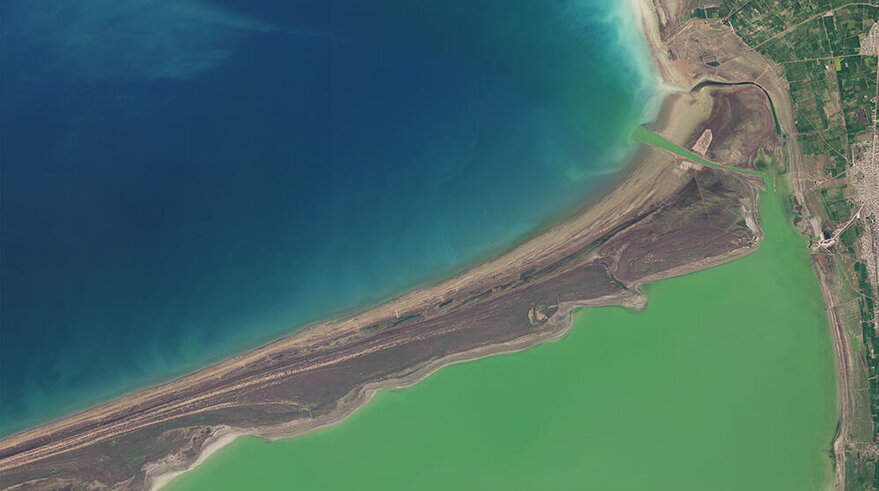SAN FRANCISCO – Planet announced a $20 million agreement to provide hyperspectral data for Carbon Mapper’s greenhouse gas monitoring campaign.
The deal, which extends from 2026 to 2030, “will help Carbon Mapper deliver high resolution methane and CO2 super-emitter data to decision makers around the globe,” Carbon Mapper CEO Riley Duren said in a statement. “In particular, this agreement lays the groundwork for further expansion of the constellation of Tanager satellites and the extension of Carbon Mapper’s mission to make methane and CO2 visible in a transparent fashion through our public data portal.”
The nonprofit Carbon Mapper is one of the key public and private initiatives that have emerged in recent years to map and monitor atmospheric methane and carbon dioxide.
First Tanager Launch
Planet’s first hyperspectral Tanager satellite, designed to gather visible through shortwave infrared imagery, is scheduled to launch in 2024.
“We are on the verge of being able to precisely characterize facility-scale methane emissions across the globe,” Mark Keremedjiev, Planet’s Tanager Hyperspectral Mission director, said in a statement. “We believe the Tanager constellation will help enable real action in the fight against climate change and this contract extension with Carbon Mapper ensures our ability to provide uniquely powerful data for the long term.”
The Carbon Mapper consortium was unveiled in 2021 by the State of California, NASA Jet Propulsion Laboratory and Planet. The contract announced March 28 is “an extension to an existing data-license agreement between Planet and Carbon Mapper,” according to the news release. Funding for the agreement was provided by “a major climate philanthropy,” the release added.
In addition to greenhouse gas detection, Planet sees commercial, civil and defense applications for Tanager data.
Quarter and Year-End Earnings
Planet announced the Carbon Mapper deal during…
Read the full article here

